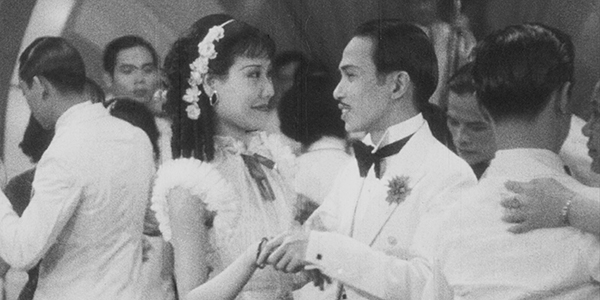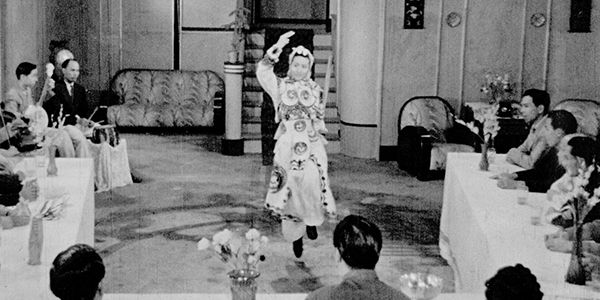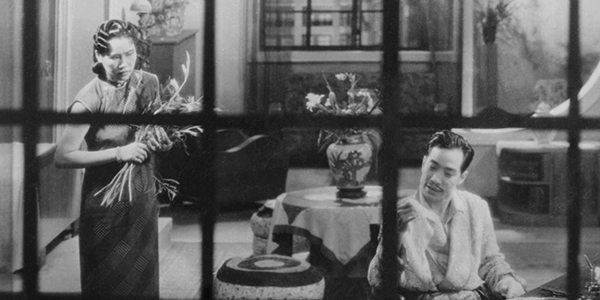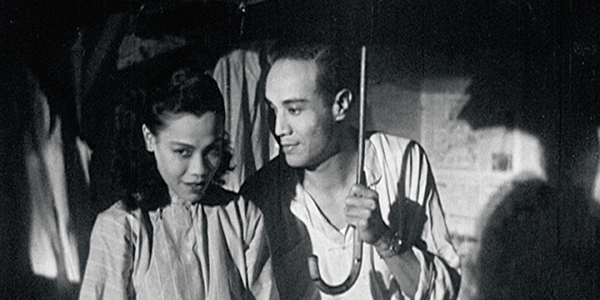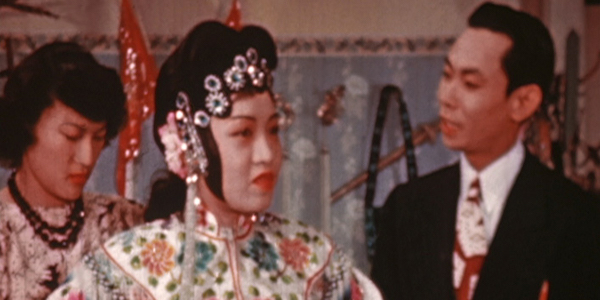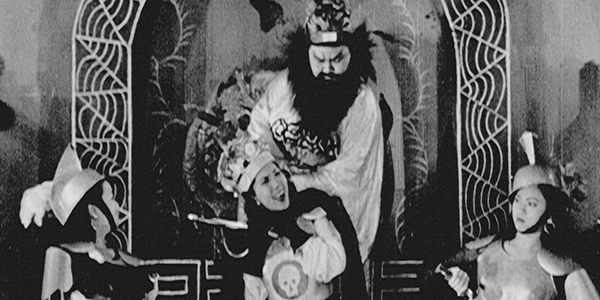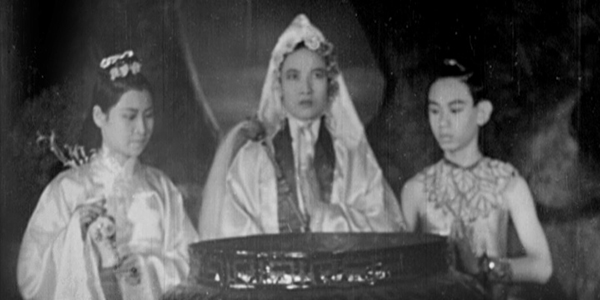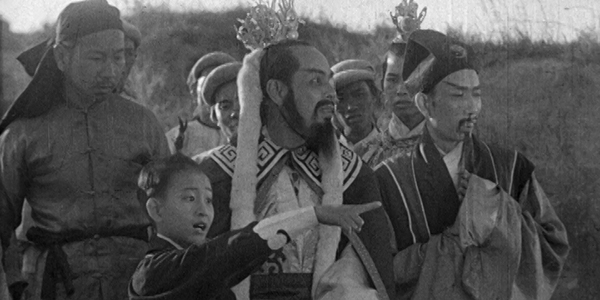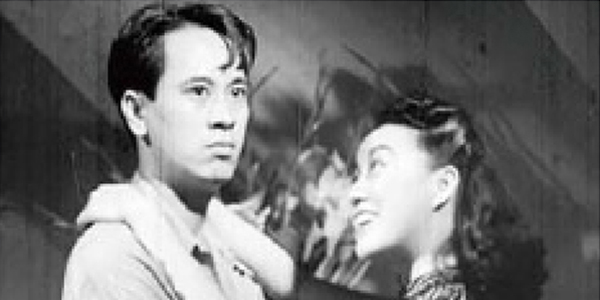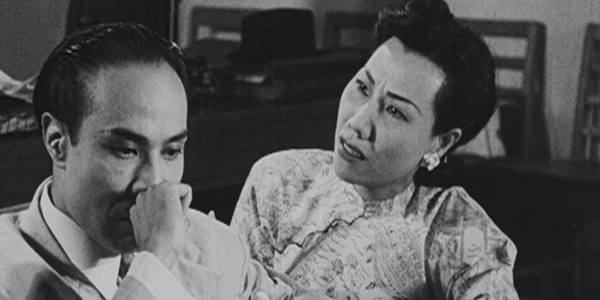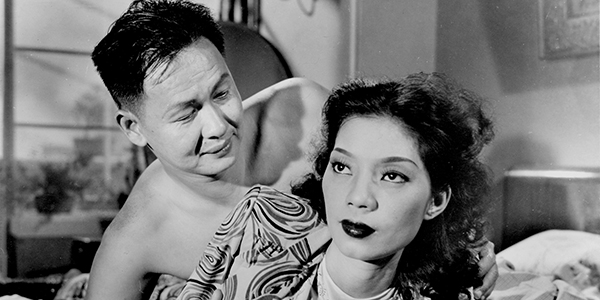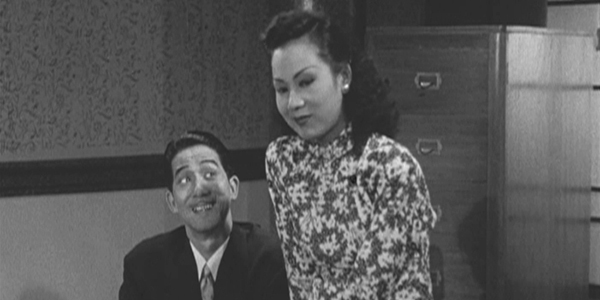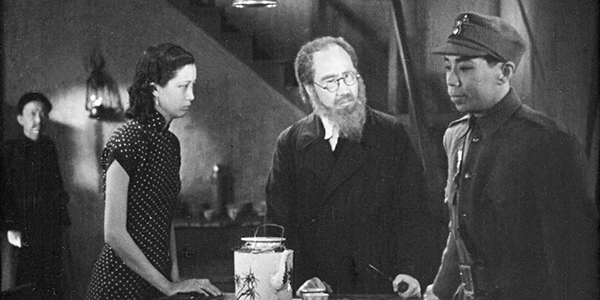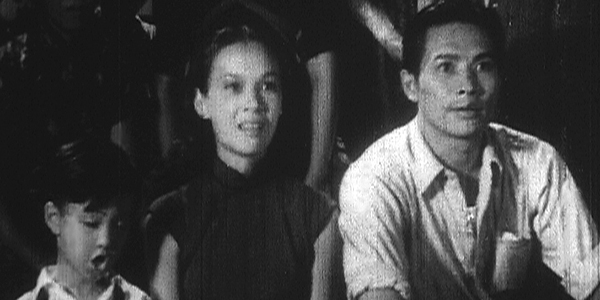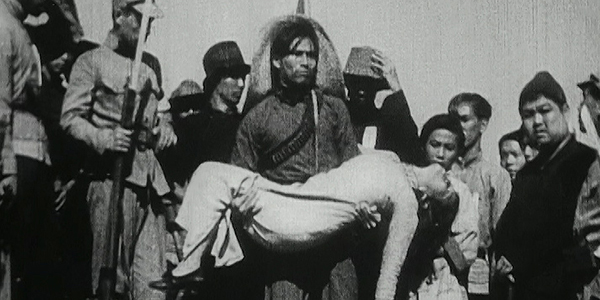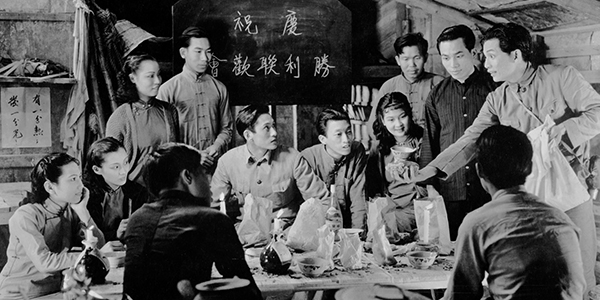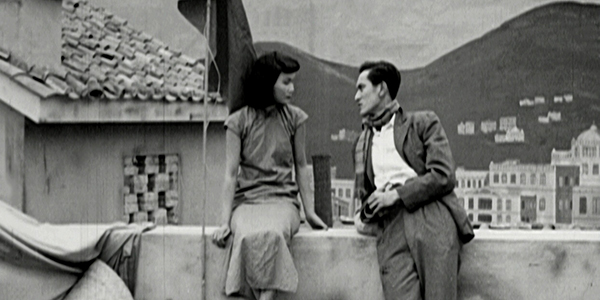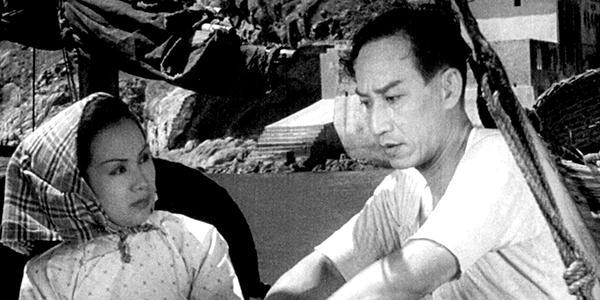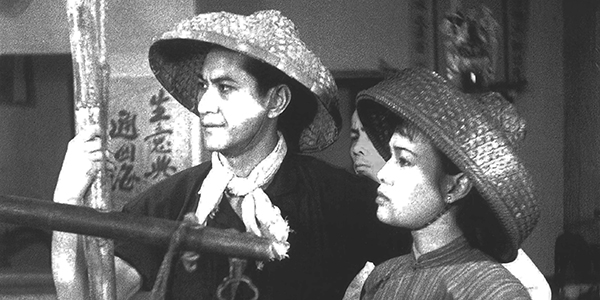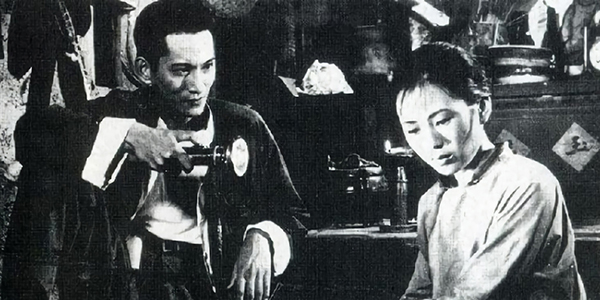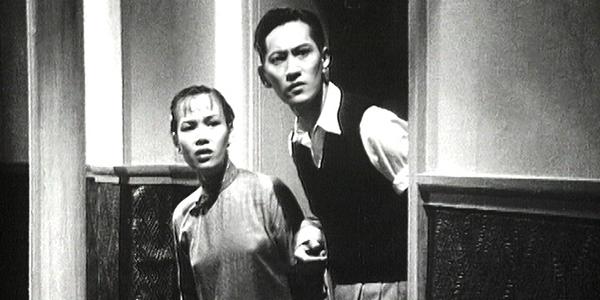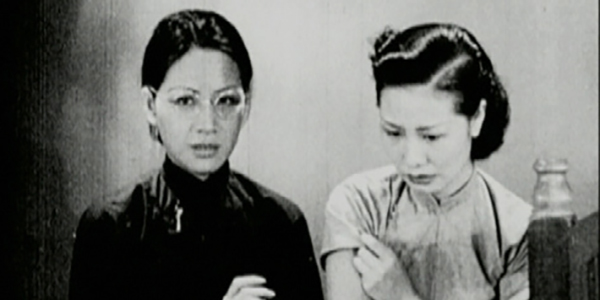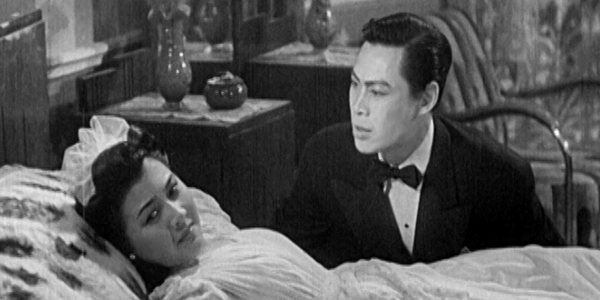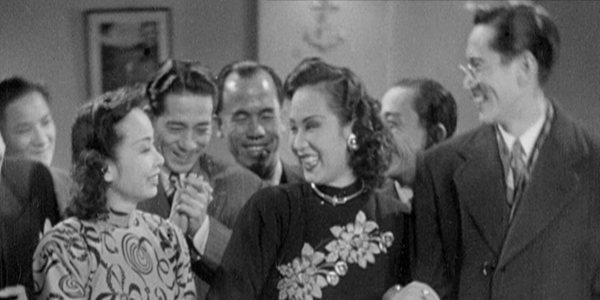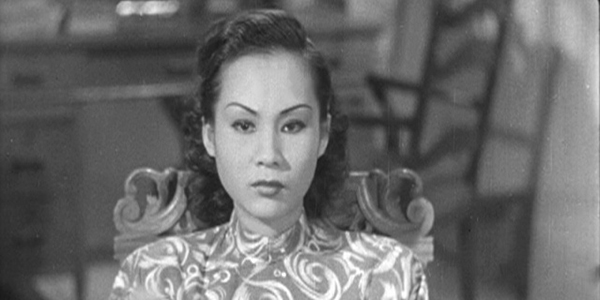Film Screenings
Tango between Stage and Screen
With the advent of sound cinema in China in the 1930s, founder of Shanghai's Unique (Tianyi) film company Runje Shaw immediately saw the potential. Together with Sit Kok-sin, a pioneer of Cantonese opera reformation, they brought The White Gold Dragon (1933), a modern and popular production of Kok Sin Sing Opera Troupe, to the silver screen. One of the earliest sound films in Cantonese, the film was such a big box office success in Hong Kong and Southeast Asia that other film companies soon followed suit. Opera practitioners also welcomed this win-win opportunity, regarding film as a medium for promoting Cantonese opera and bringing in reformations. These crossovers laid the foundation for the Cantonese sing-song and opera film genre in the future
The Experimental Fantastic
Can entertainment be art? Films based on folklore and ghost stories were popular in the 1930s and 40s. While many of them were considered to be meaningless, detrimental and perpetuating superstition at the time, the most interesting of these works actually challenge myths and false beliefs in certain angles. Widely creative in the use of cinematography and optical effects, these films experiment with the medium's unlimited possibilities to create an unimaginable fantasy world for the audience
Popular Novels from Earlier Eras
Literary adaptations to films has been a staple of film creations. Under the influence of New Culture Movement, films were primarily adapted from serious literary masterpieces like Dream of the Red Chamber by Cao Xueqin or A Doll's House by Ibsen. As films became more entertainment-oriented, novels that were easy to understand, without profound messages or deep morals, soon grew in popularity. Several writers built up their own fan base with down-to-earth writing style and entertaining plots during the earlier eras of Hong Kong. Four film adaptations of their novels have fortunately survived, with two writers even taking part as the screenwriter.
Answering the Call of National Defence
As China opposed Japan on all fronts after the Mukden Incident, the arts and cultural sector launched a litany of 'National Defence‘ campaign in literature, drama and music. The film industry also established the National Salvation Association of Cinema and produced a large number of patriotic films. Hong Kong filmmakers echoed the same sentiments, and produced almost three times more patriotic films than the mainland. Multi-cultural and far away from the political epicentre, Hong Kong's creative environment allowed filmmakers to inject a unique sense of individualism into these patriotic films.
The Art of Left-wing Cinema
During the French Revolution in the 18th century, members sitting on the left in the National Assembly were against the status quo and supported equality, while those sitting on the right were representatives from the church, the nobles and conservatives. Eventually, the ‘left' signified being against exploitation by capitalists and supportive of equality and freedom. Largely influenced by Western ideologies and caught in a clash between old and new cultures, intellectuals in the 1930s and 40s vigorously exposed injustices in society and revealed the ugliness of the elites through the power of moving images, and also glorified the contributions of the working class. Left-wing cinema was thus born.
Rise of Feminism
Monogamy is the norm today. It was, however, not the case in 1930s and 40s China; when a man taking two mistresses was far from uncommon. Gender equality was a hard-won battle. With feminism on the rise after the May Fourth Movement, films and literary works began to resist and reflect on outdated patriarchal values.


